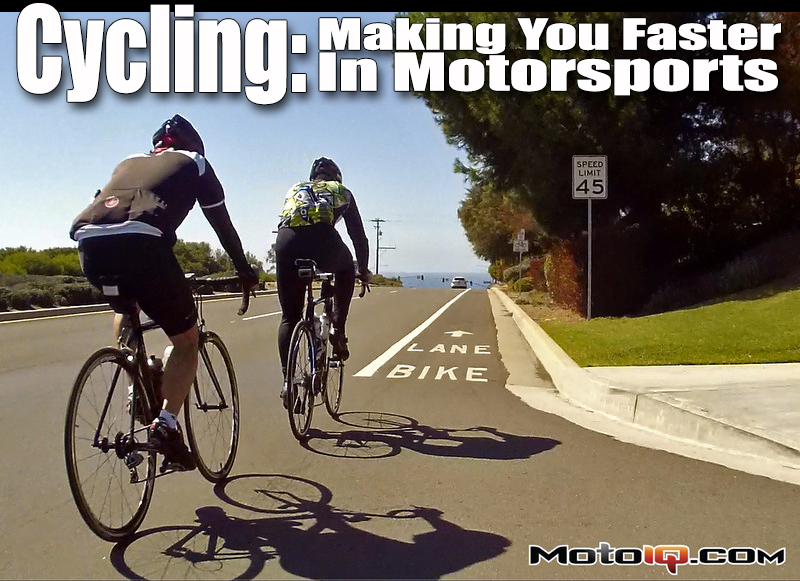,
 |
| To carry stuff, I have a medium sized saddle bag. I still go for relatively short rides (20-35 miles), so I only carry one spare tube. For longer rides, you may want to carry two tubes AND a patch kit. To get the tire on and off the wheel, you need the three tire levers (the light green things). If you get a flat, you will of course need to pump up the tire. You can choose to either carry a pump or use a CO2 inflator. I actually carry both now as pumping up the tube a bit helps with the installation. Then I can use the CO2 to get the tire inflated quickly (CO2 cartridge is on top of the tire levers). I also carry a mini tool set just in case I need to wrench a little on the bike. So far, I’ve only used it for saddle adjustments while on a ride. You may also want to carry a spare tire as I recently had a tire sliced on a ride. The rear pockets on the jersey come in handy here for carrying more stuff and food. One little geek note: notice the aero profile of the seat post. Bikes today are much more mindful of aerodynamics to go as quickly as possible. Using carbon fiber allows the frame makers to include these aero features which is impossible with steel tubing. |
The last couple things you may want to include are a phone, ID, insurance info, and some cash. You may want to consider a RoadID identification tag too. The modern phone is a wonderful tool and I use an application called Strava to track my rides (thanks to MotoIQ reader Jamal for the tip). I just turn on the GPS, load up Strava, and hit ‘start’ to track my ride. I’m sure there are many apps available and there are handlebar phone mounts you can buy too. So you can use your phone as a speedometer and altitude tracker among who knows what else. There are tons of electronic doodads you can bolt onto your bike which include GPS, speedometers, cadence, power meters, lights, etc. You can even get electronic shifters now.
 | ||
| Stava tracks your location and speed. From that, it can do basic calculations for power output and calories burned. Getting a power meter on your bike would be much more accurate, but way more expensive than free! |
 |
 |
| The Replay XD1080 HD is mounted using a simple and super solid handlebar clamp. The camera clamp that goes around the camera screws down to the handlebar clamp. This same camera clamp is used with the suction mount. |
Disclaimer: kids, don’t try this at home. Here is a little video of one stretch of road I like to take. It’s a fun little twisty downhill where I typically hit around 35 mph which is the speed limit. I like it because I can generally keep up with traffic so I don’t feel bad taking up the whole lane for my own safety. On this particular ride, there’s a Corolla parking it in the corners in front of the minivan I’m behind. Disclaimer #2: I know this road very well, but it’s generally not a good idea to follow this closely behind vehicles (you know, do as I say, not as I do). Disclaimer #3: I did know exactly where that AMG was behind me the whole time. You should always stay aware of the vehicles around you and especially those behind you. I’m not up to the level of my boss yet as he’s gone about 42-45mph on his bike on this stretch and passed a guy in a Miata. Oh, my boss used to race his Nissan SE-R too. As it turns out, guys who like to go fast in cars like to go fast on bicycles too. Note: the proper Replay ‘windbreaker’ was used in this video and it works like a champ. You can hear the tire rolling noise and my pedaling but no wind noise! Also, don’t forget to change the video viewing setting to 1080 HD.



